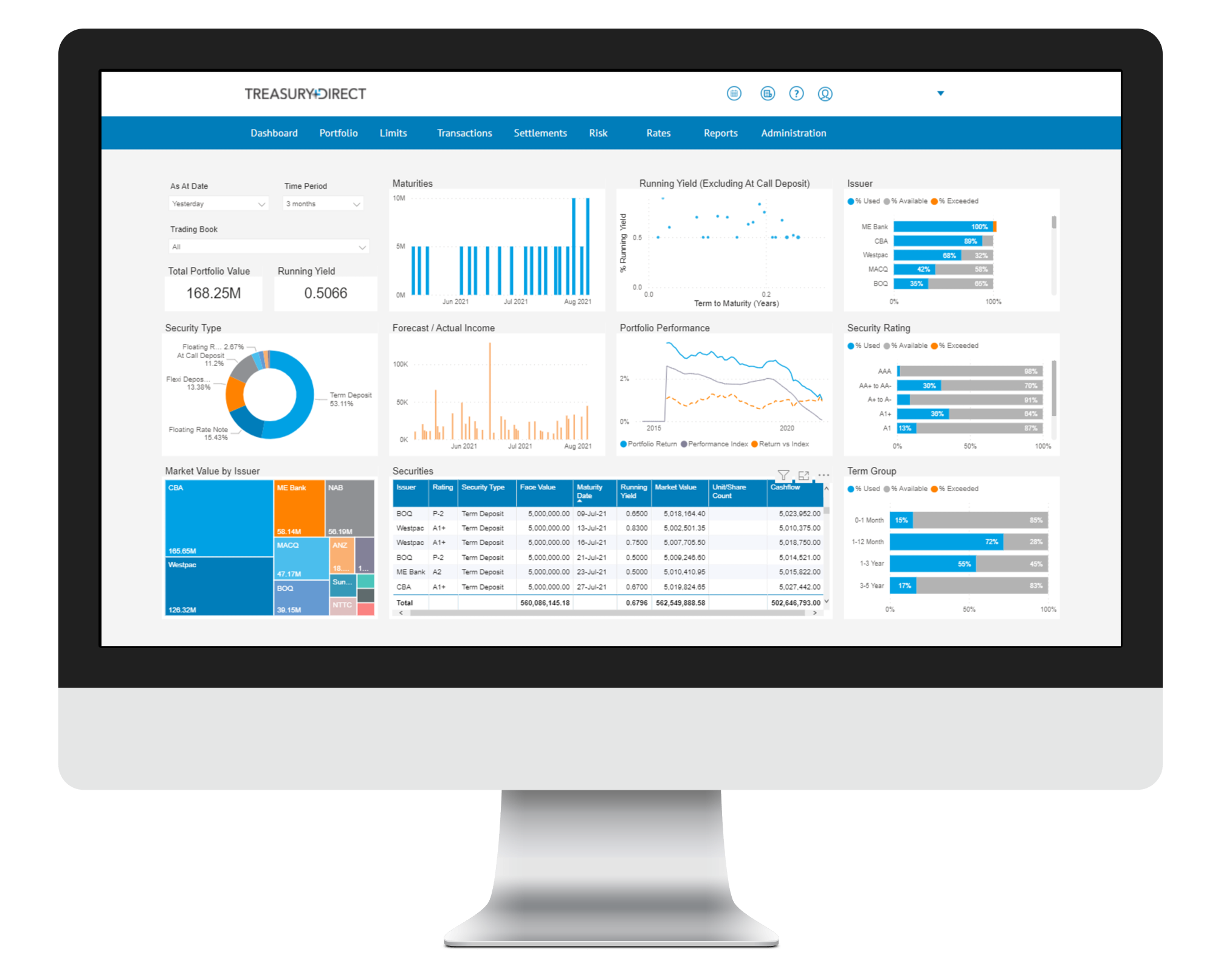Markets Overview
- ASX SPI 200 futures down 0.4% to 8,115.00
- Dow Average little changed at 41,606.18
- Aussie little changed at 0.6756 per US$
- US 10-year yield rose 2.9bps to 3.6456%
- Australia 3-year bond yield rose 2.3 bps to 3.43%
- Australia 10-year bond yield rose 2 bps to 3.83%
- Gold spot down 0.5% to $2,569.73
- Brent futures up 1.3% to $73.67/bbl
Economic Events
- 09:20: (AU) RBA’s Jones-Speech
- 10:30: (AU) Aug. Westpac Leading Index MoM, prior -0.04%
- 11:00: (AU) Australia to Sell A$1 Billion 3.75% 2037 Bonds
Stocks in Japan are poised for gains early Wednesday after the US benchmark hit a fresh record ahead of hotly anticipated central bank meetings in both countries.
Futures point to Tokyo shares rising more than 1%, and declines in Sydney. Hong Kong is closed for a holiday. In the US, the S&P 500 closed little changed after touching an all-time high on the back of an increase in retail sales. Traders are split on the size of the Federal Reserve’s likely interest rate cut later on Wednesday, while the Bank of Japan is expected to hold on Friday.
Treasury yields edged up, with shorter maturities leading the move. Market-implied odds now put the chance of a half-point Fed cut at just over 50%, with the uncertainty over the size of the move helping to boost risk assets including Bitcoin and oil.
For several market observers, perhaps the most-important aspect of what happens may be the investor reaction. Could a 25 basis-point reduction leave traders worried the Fed is behind the curve? Could a 50 basis-point move spook markets that the Fed must know the economy is in dire shape? Or will investors be reassured that, whatever the Fed does, Chair Jerome Powell is on top of the situation?
“It’s rare under the Powell Fed for markets to be this ‘up in the air’ on what exactly the Fed will do with just one day to go before the decision,” according to Bespoke Investment Group strategists. “Although maybe the Fed is happy with the market being 100% sure that we’ll at least get a cut.”
A survey conducted by 22V Research showed investors who expect a 25 basis-point reduction are split on whether that cut would deliver a “risk-on” or “risk-off” reaction. Meantime, those betting on 50 basis points think a smaller Fed move would be “risk-off.”
The S&P 500 closed near 5,635 and the Nasdaq 100 and Dow Jones Industrial Average were also little changed. The Nasdaq Golden Dragon Index – a gauge of Chinese shares listed in the US – jumped to its highest close in almost a month.
Other News
Sales of Australian dollar bonds so far this year have already hit an annual record, as companies took advantage of rising demand from Asian investors to sell more debt.
Issuance by corporate borrowers and local governments topped A$258 billion ($172 billion) this week, according to Bloomberg-compiled data. That surpasses the previous full-year record of about A$253 billion in 2023.
Demand from Asia-based investors, who are looking further afield as Chinese companies cut back on debt, is helping to spur the sales spike. The Reserve Bank of Australia’s interest rate hikes have trailed those of the Federal Reserve, engendering lower coupons that enticed foreign issuers. That’s created a virtuous supply-demand cycle as Australian pension funds also look for opportunities in credit.
“Because of increased local and regional investor appetite, borrowers are now able to issue in the Aussie dollar in longer tenors, with bigger sizes and to a more diversified investor base,” said Owen Gallimore, APAC head of credit analysis at Deutsche Bank AG. “The Asian share of Aussie deals used to be small, but it’s growing and growing.”
Asia-based investors account for about 30% to 40% of demand for some notes, and the trend is expected to continue, he said.
Orders from Asia for Qantas Airways Ltd.’s debt accounted for about 38% of total demand earlier this week. A bond issued by Singapore’s Oversea-Chinese Banking Corp. in August saw 74% of demand coming from Asia, data compiled by Bloomberg shows.
In recent weeks, some notes from Macquarie Bank Ltd. and Transurban Queensland Finance Pty also received bids from Asia in excess of 30% of total demand.
The possibility of profiting from spreads is also drawing investors. With less liquidity in the local market, Aussie-dollar notes carry higher average spreads than similarly rated US-dollar debt.
Yield premiums of the Australian-dollar notes, which have an average rating of A+, are at about 97 basis points as of Sept. 11, a Bloomberg index shows. Similarly rated US-dollar credits’ spreads are at about 84 basis points, another Bloomberg index shows.
With the Fed likely kicking off its rate-cutting cycle next week, the differences in benchmark interest rates may affect the pace of issuance. Australia’s central bank has raised interest rates to a 12-year-high of 4.35% to try to gain control over inflation, and RBA Governor Michele Bullock has warned it is “premature” to be thinking about rate cuts.
The US election in November also could be a factor in a possible slowdown in the volume, said Mark Reade, head of credit strategy at Mizuho Securities Asia. But that could just be a blip.

